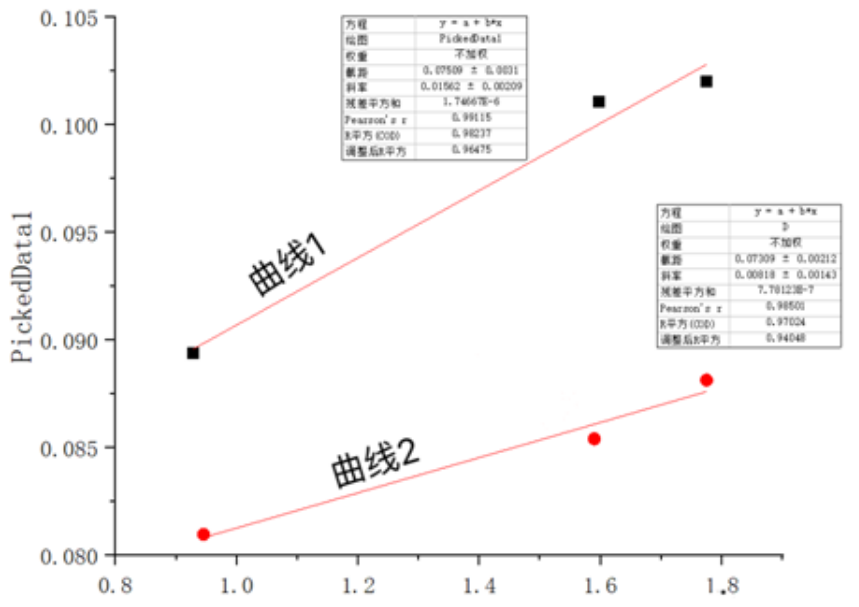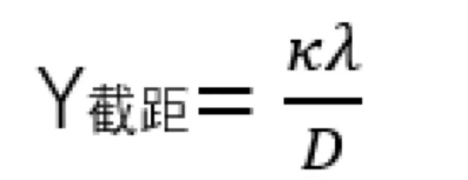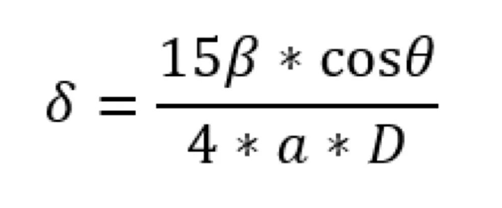
XRD data were used to calculate the grain size and dislocation density
2024-02-23 00:001.Grain size calculation:
Grain size is a measure of grain size in a material. We can calculate the grain size by Scherrer's formula. The formula is based on the relationship between the half-peak width of the diffraction peak and the grain size. The grain size can be calculated by measuring the half-peak width of the diffraction peak.
The common Scherrer formula expression is: D= kλ /(βcosθ), in which the value of the constant K is related to the definition of β, when β is half width and height, K is 0.89; When β is the integral width, K is 1.0. The data obtained is shown in the figure:

At this time, the corresponding slope is the lattice distortion displayed by the material. It can be seen that the lattice distortion corresponding to curve 1 is about 0.016, and the lattice distortion corresponding to curve 2 is about 0.008. In addition, take the intercept data to calculate the grain size of the material:

2.Calculation of dislocation density:
Dislocation is a common crystal defect in materials, and the dislocation density can be estimated by Scherrer's formula. The following formula is based on the relationship between the strength of the diffraction peak and the dislocation density, and calculates the dislocation density of the material by measuring the strength of the diffraction peak.

For amorphous materials, it is necessary to deal with the following formula:

XRD data provide us with a wealth of information when studying material properties. By calculating grain size, lattice distortion and dislocation density, the structure and properties of the material can be better understood.
